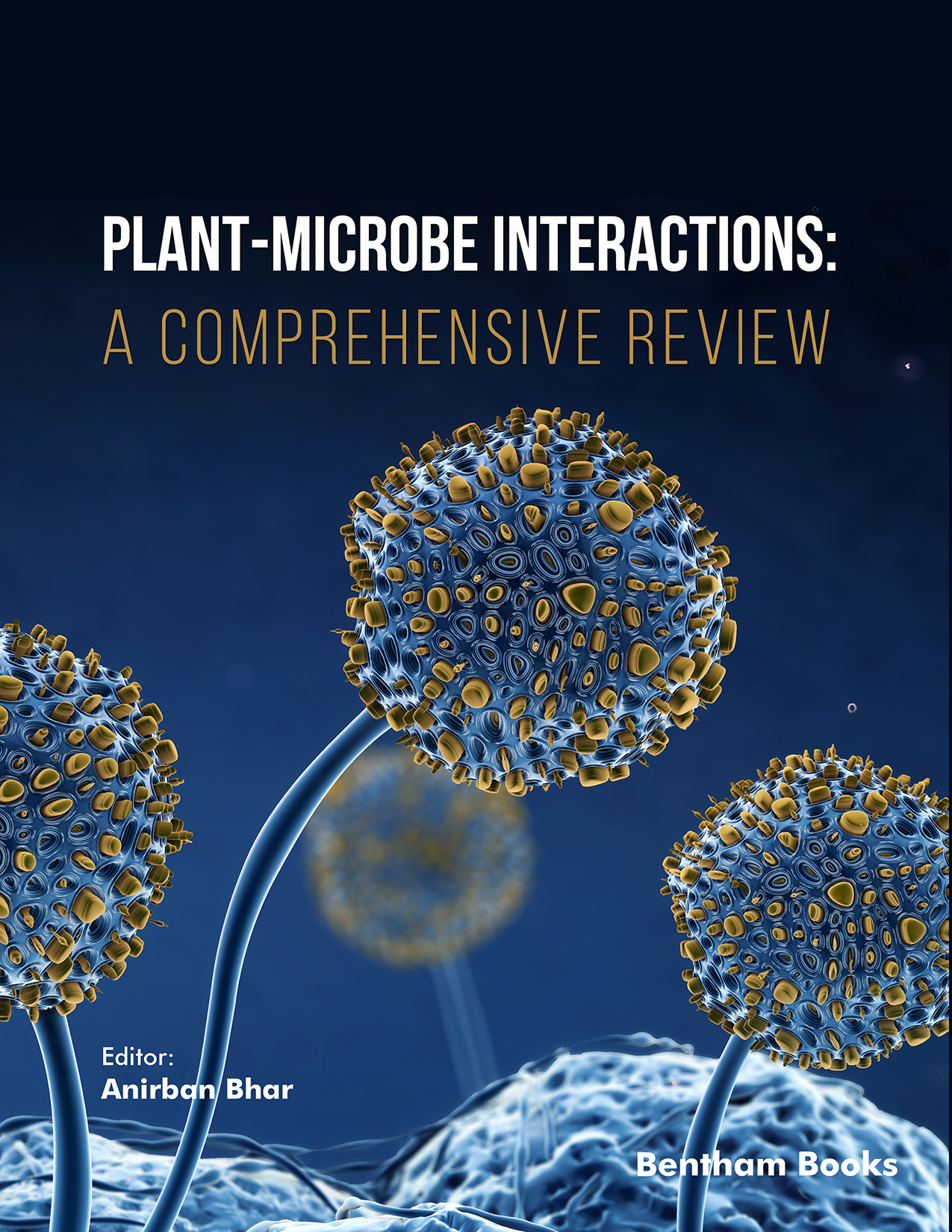Foreword
Plants, being sessile organisms, are constantly exposed to the infection and disease caused by different microbial pathogens, including bacteria and fungi. The resistance of a plant to a pathogen attack depends on its efficiency in the elicitation of defense molecules like phytoalexins, salicylic acid, jasmonic acid, etc., as well as on the activation of diverse signaling pathways and induction in resistance (R) and pathogenesis-related (PR) genes, altogether triggering plant immunity. However, certain infections caused by microbes are beneficial in nature as well, especially the legume-Rhizobium interaction that facilitates symbiotic nitrogen fixation via nodule formation, or the microbiome association in the rhizosphere region that allows stress tolerance, phytoremediation of heavy metals in soil or stimulates nutrient absorption in nutrient-depleted soil. Hence, plant-microbe association is a double-edged sword, having both detrimental and beneficial consequences. It is therefore crucial to understand this association by identifying and characterizing the biochemical and molecular pathways, using high throughput genomics, proteomics, metabolomics, and genetic engineering techniques. In this regard, this book titled, “Plant-Microbe Interactions: A Comprehensive Review” encompasses quite an exhaustive coverage of important topics, supported by contemporary literature.
The chapters include various facets of co-evolutionary dynamics of plant-microbe interaction, understanding the fungal and viral interactions from a broader perspective, and assuming case studies with particular plant species. Emphasis has been given to the association of nitrogen-fixing bacteria and the biotechnological perspective of legume-pathogen interaction. The inclusion of chapters on rhizosphere and phyllosphere microbiome in the context of stress resistance and increased nutrient acquisition also appears justified, since a lot of research is currently going on in these areas. Researchers working in the field of salt tolerance would benefit from the chapter on halotolerant plant growth-promoting rhizobacteria. The chapter on understanding plant-microbe interaction, based on artificial neural networks is also unique. The chapters presented in this book will collectively address the critical need to understand plant-microbe interactions for the benefit of both the plant community as well as the environment.
I am delighted that this edited volume “Plant-Microbe Interactions: A Comprehensive Review” is finally being published. The chapters are elaborately written by established and active scientists and researchers, working in the concerned area.
Finally, I congratulate the editor for making sincere efforts to unravel this illustrious volume, and I am sure that this book will highly cater to the needs of all researchers, students, and academicians, working in the relevant field.
Aryadeep Roychoudhury
Discipline of Life Sciences
School of Sciences, Indira Gandhi National Open University
Maidan Garhi, New Delhi-110068
India

